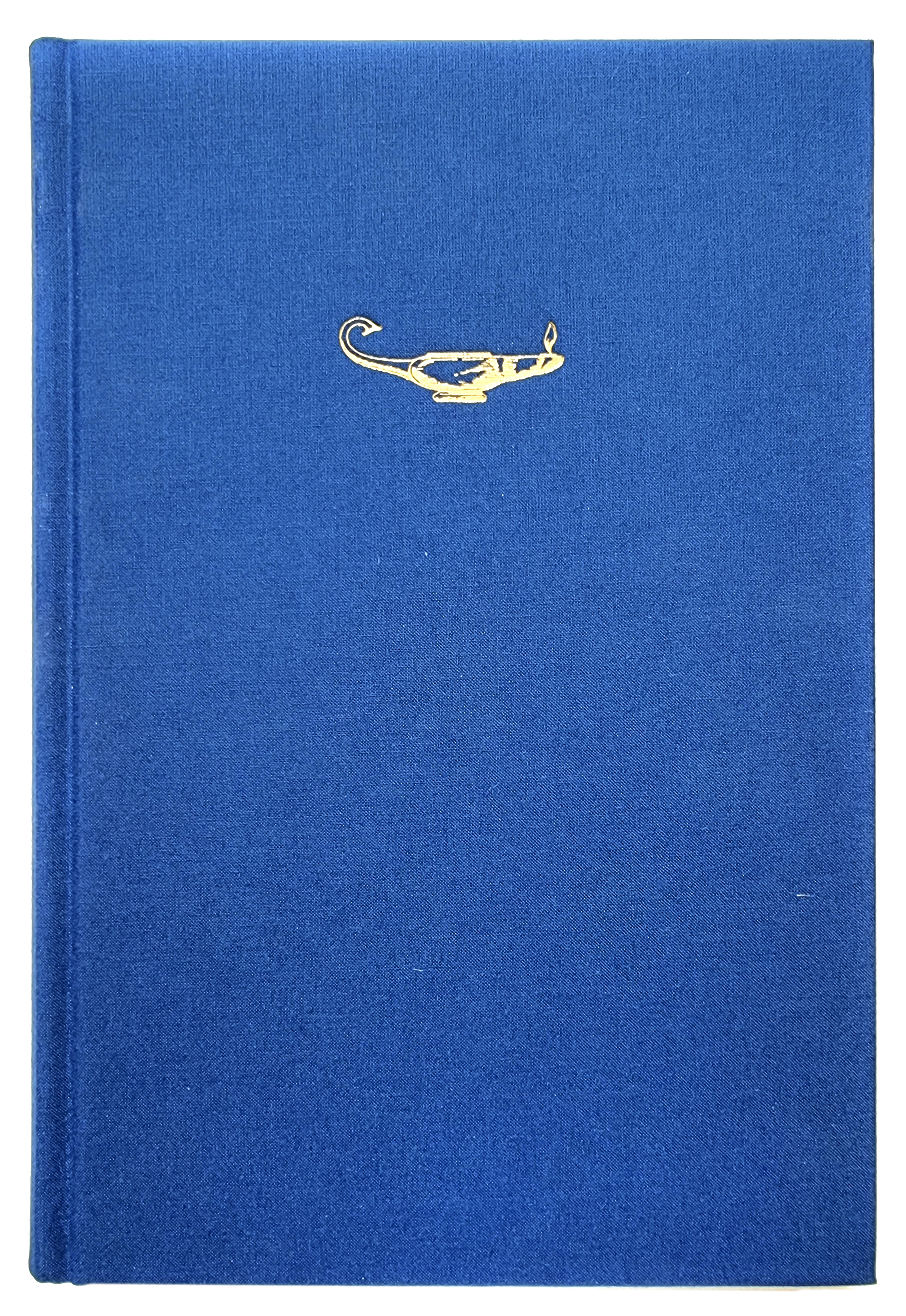Governing as a philosopher
Gustav III’s politics of emotion through the inauguration of the Gustav Vasa sculpture
Keywords:
Gustav III, history of emotions, governmentalityAbstract
In the 18th century, notions of emotions played an important role in philosophy, politics and social life. This article examines usage of emotions in politics by analysing king Gustav III’s (1771–1792) plan for the inauguration of the sculpture of king Gustav Vasa outside of the House of Nobility in Stockholm. The plan was inspired by a letter from the French physiocrat Pierre Samuel Dupont de Nemours to Gustav III’s friend and old tutor Carl Fredrik Scheffer, who conveyed the letter to the king. By employing theories from the field of History of Emotions, especially Ute Frevert’s Gefühlspolitik, in combination with Michel Foucault’s concept of governmentality, the article sheds light on under-researched aspects of Gustav III’s government. When imagining the effects of imagination and emotions among the participants of the inauguration, Gustav III compared humans to machines, probably inspired by the French materialists. The king wanted to enhance the emotions of the participants of the celebration through music, singing, dancing and eloquence. The object was to inspire love for the fatherland and hatred for the “foreign yoke”, by reminding them of Gustav Vasa’s rebellion against the Danish king 200 years earlier. This planned and calculated usage of emotional faculties indicate a new approach to the government of human nature in the mid to late 18th century. Instead of, as previously, viewing the people’s emotions as evil and in need of restraint and prohibitions, they were viewed as human driving forces that could be utilized, arranged and canalized to create a more effective government.
Downloads
Published
Issue
Section
License
This work is licensed under a Creative Commons Attribution 4.0 International License. The copyright for the work published in Lychnos remains with the authors.


